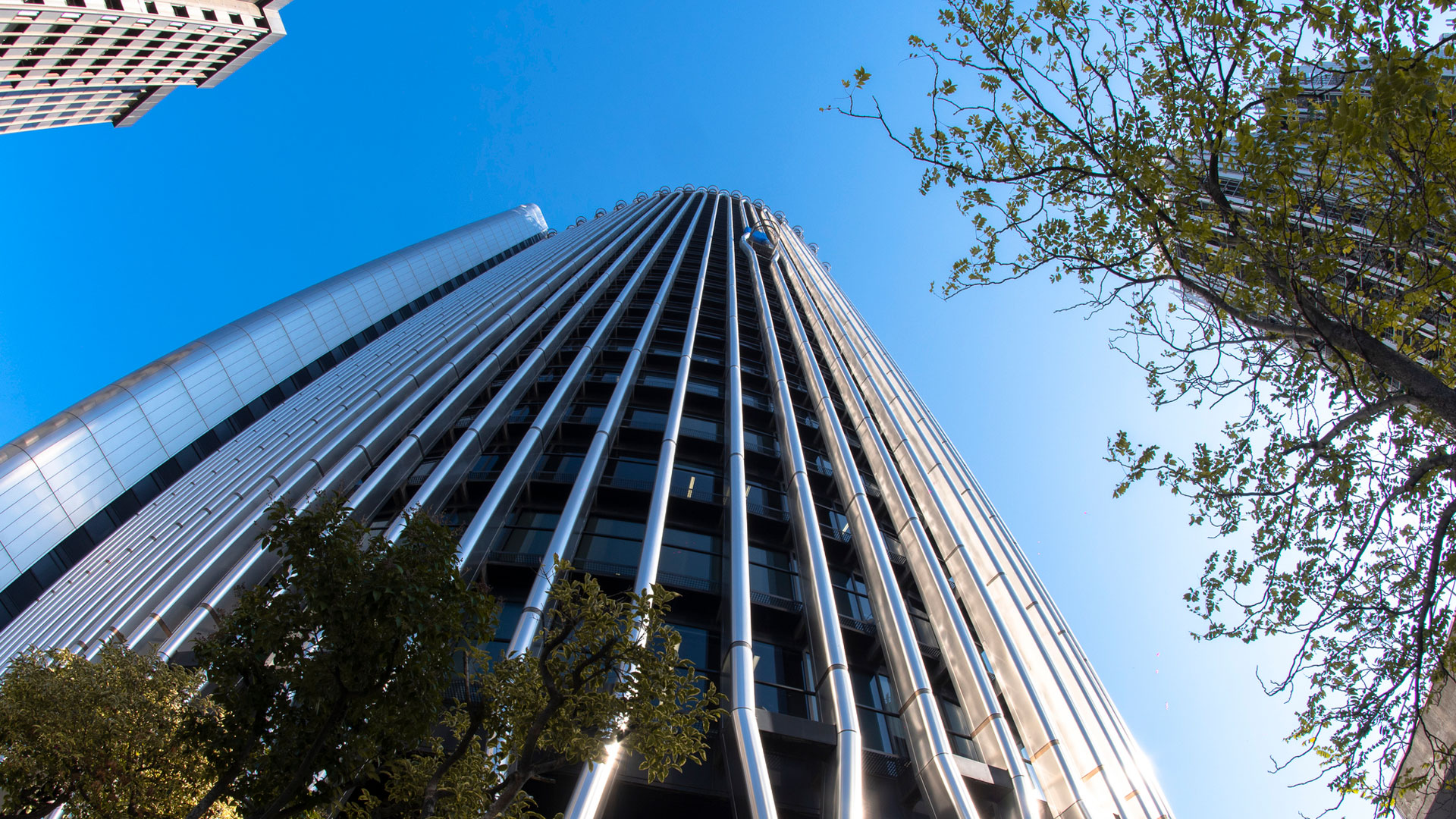22.07.2021 | Balancing electricity production and environmental protection
Environmental refurbishment – mammoth task for hydropower
Swiss hydropower is clean and renewable – yet it’s still controversial. That’s because you can’t produce electricity from hydropower without intervening in nature. Environmental engineer Nadia Semadeni and her team ensure that these interventions are carried out within legal limits.
Nadia Semadeni puts it in a nutshell: ‘We are the environmental conscience of Axpo hydropower’. She and her team ensure that Axpo’s hydropower plants stick to environmental requirements. Currently, that’s the Waters Protection Act in particular. Semadeni’s team is working on 120 refurbishment projects throughout Switzerland. ‘And before every project there is the question of proportionality: how do you weigh up electricity production against environmental protection? ‘When it comes to expanding a power plant, you always have supporters and opponents,’ explains Semadeni. ‘But for the environmental refurbishment of hydropower under the Waters Protection Act, everyone is pulling in the same direction. We have an exciting, congenial dialogue with the environmental protection organisations.’
Run-of-river power: fish and bed-load
The run-of-river power plants along Swiss rivers are in need of refurbishment, especially concerning accessibility to fish. Where the fish could once swim unhindered, there is now a barrier – the power plant. After the refurbishment, fish will be able to pass the Swiss run-of-river power plants up and down the river – without coming to harm. Many hydropower plants already have what are known as ‘fish ladders’ for upstream migration. ‘But as yet, there is no technical solution for downstream fish migration, especially with large systems,’ explains Semadeni. ‘We’re still in the research phase with that and testing possibilities.’
The run-of-river power plants not only have to become passable for fish, but also for what’s known as bed-load – gravel, sand and other solids that are washed along the riverbed. ‘We would achieve this by, for example, lowering the reservoir levels of river power plants. However, this would drain many shallow areas – which, in turn, is bad for the environment.’
Storage power plants: hydropeaking
Storage power plants have a completely different impact on the environment. In times of high electricity demand, large amounts of water from reservoirs are quickly sent through turbines for electricity production and channelled into rivers. This volume of water leads to a rapid rise in river levels. These constant fluctuations (known as hydropeaking) have a negative impact on organisms in the rivers. Under the Waters Protections Act, this impact also needs to be eliminated. ‘You can do this, for example, via new equalization basins at the water returns,’ explains environmental engineer Semadeni. The large volume of water is retained in the equalisation basin and later gradually returned to the river. ‘But equalisation basins require a lot of space, which, in turn, often meets with resistance.’
A fast-paced schedule up to 2030
The environmental refurbishment of hydropower will be keeping Nadia Semadeni’s team busy for a long time yet. ‘The stipulation is that all projects will have commenced by 2030.’ As Semadeni readily admits, it’s a fast-paced schedule – especially given that only around 6% of Switzerland’s refurbishment projects have been implemented to date. ‘That also has to do with a processing backlog at the Federal Office for the Environment, which approves the projects.’ Semadeni makes it very clear: ‘The industry wants to fulfil this mandate. We take this matter extremely seriously and have built up the resources to carry it out.’
So Semadeni doesn’t have to worry about her team running out of work any time soon. ‘Hydropower and environmental protection remains an area of tension. And with the biodiversity initiative, we already have a new proposal in store that could bring new environmental requirements for hydropower.’





